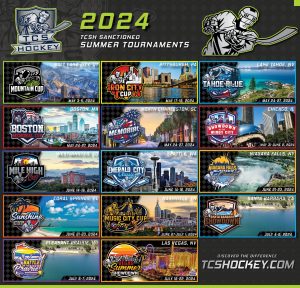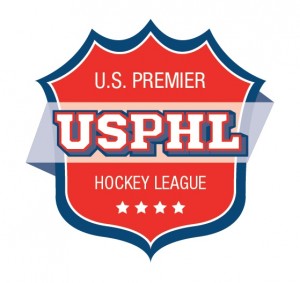AHU COACH’S CORNER: Teaching hockey sense is a worthwhile process
Hockey sense.
We want all kids to develop it, but it takes maturity and practice.
Hockey sense is when a player can anticipate what is about to happen on the ice and then read and react sooner than other players. I’ve heard parents talk about how some kids have hockey sense, how it can’t be taught. I disagree. We can and certainly do teach hockey sense as a part of developing players.
That doesn’t mean teaching it is easy, though.
Teaching hockey sense requires knowing what it is a player needs to learn and how to best coach them on that skill. We work to break hockey sense down into building blocks we can teach and then build upon.
Players who possess great hockey sense always seem to be in the right place at the right time. We find great hockey sense is often developed in more unstructured ice time, free to learn by doing and watching other players and being challenged. Many players develop their hockey sense in game-like situations like stick time, pond hockey, 3-on-3 and scrimmages.
We use lots of tools, techniques and opportunities to build hockey sense but here are a few steps we recommend.
Teaching Skills
Skating, puckhandling, passing and shooting are all critical to developing hockey sense. We pay quite a bit of attention to skill building through Midgets. We work to make sure players have practice time and small-area games to help develop their transitions and to use their skills in more confined areas with lots of speed and pressure. This gives more reps for skill development and an opportunity to help players improve in all skill areas. Learning and mastering skills requires lots of repetition to develop that muscle memory or unconscious competency of the skill.
Hockey is a continuous series of situations that repeat. We seek to expose players to the situations repeatedly to they improve their reaction time and allow them to learn instinctively how to respond to each scenario. We teach several options for responding to each scenario so players have lots of tools to pull from when they experience that situation in a game. We also do this in different areas of the ice to help players read and react to positions.
Provide Actionable Feedback
Timely feedback is incredibly important to the learning process, especially when teaching hockey sense. If you watch the bench during a game, you will see coaches giving immediate feedback regarding the prior shift – praise for what they did well, and encouragement and ideas about what they could have done differently. This is a coaching challenge because our teams have players of all different skill levels. Because of this, we also provide timely feedback and instruction during practices.
These are perfect moments to teach a player hockey sense by asking the player what they saw from their perspective, and then encourage them to practice situational awareness of what is happening on the ice. As a parent, you can also have this dialogue with a player. Just remember – it’s not about criticizing what the player did, but rather about getting them to think through the scenario and what options they had in the moment. Allowing them to make mistakes is also an important part of the process.
Guiding our players to understand the different options available to them in a variety of situations and giving them lots of opportunities to experience them is a good start to helping develop hockey sense. This is a long-term development process and our coaches strive to spend practice time to develop skills and teach players hockey sense.
Kurt Goar is Arizona Hockey Union’s coach-in-chief.







